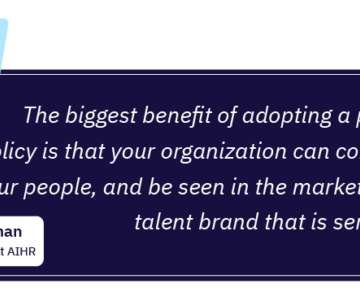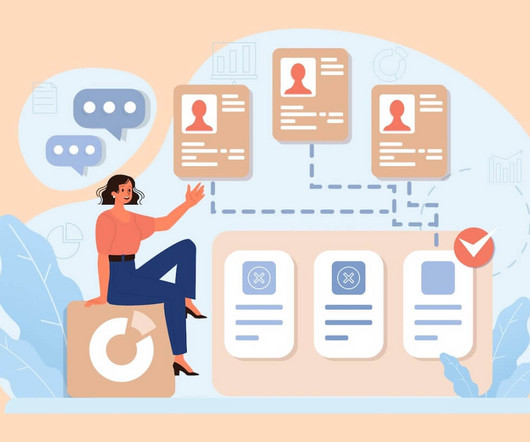What is an employee incentive program: ideas and outcomes
Workable
FEBRUARY 16, 2024
At their core, employee incentive programs are designed to recognize and reward employees’ contributions, thereby fostering a culture of appreciation, motivation, and loyalty. What are employee incentives? These incentives can be broadly categorized into two types: monetary and non-monetary.


























Let's personalize your content